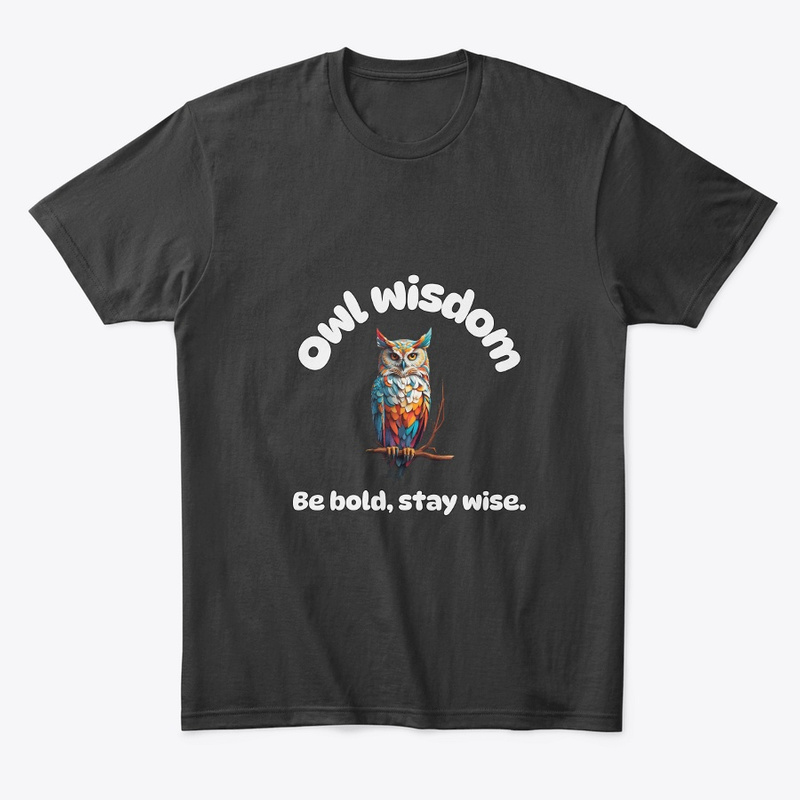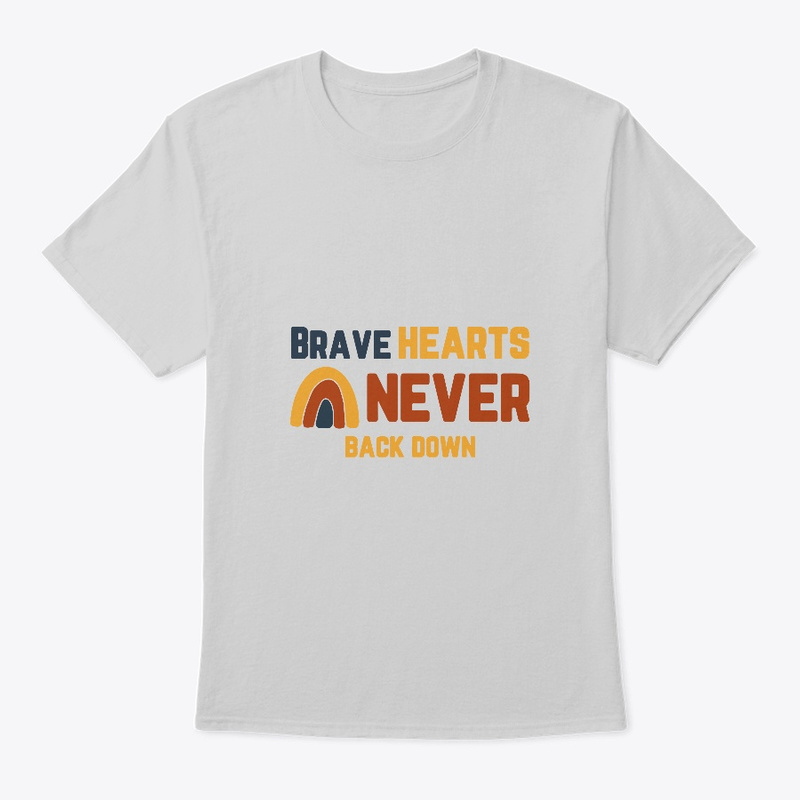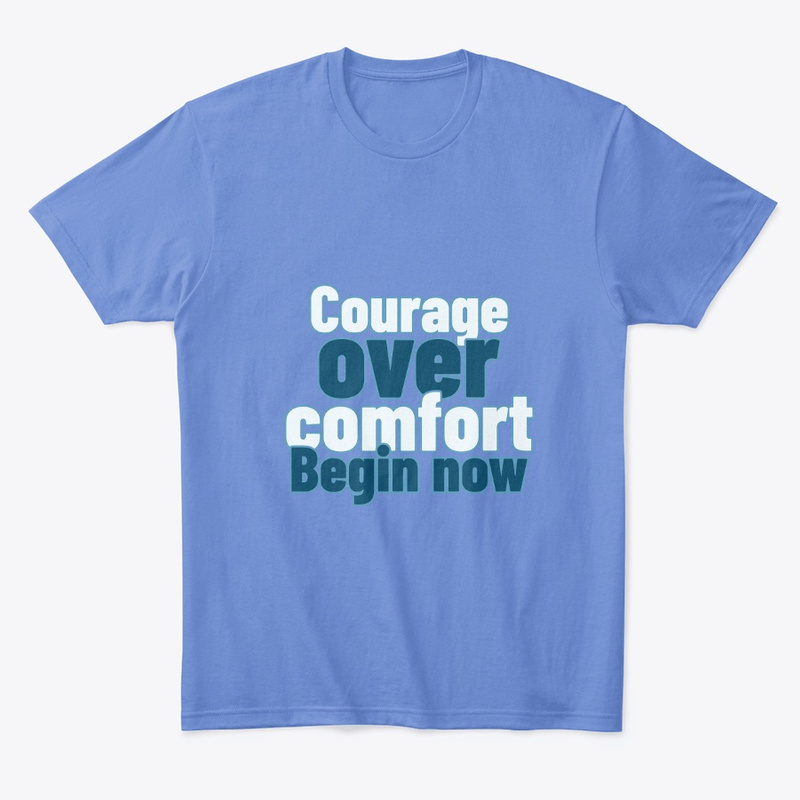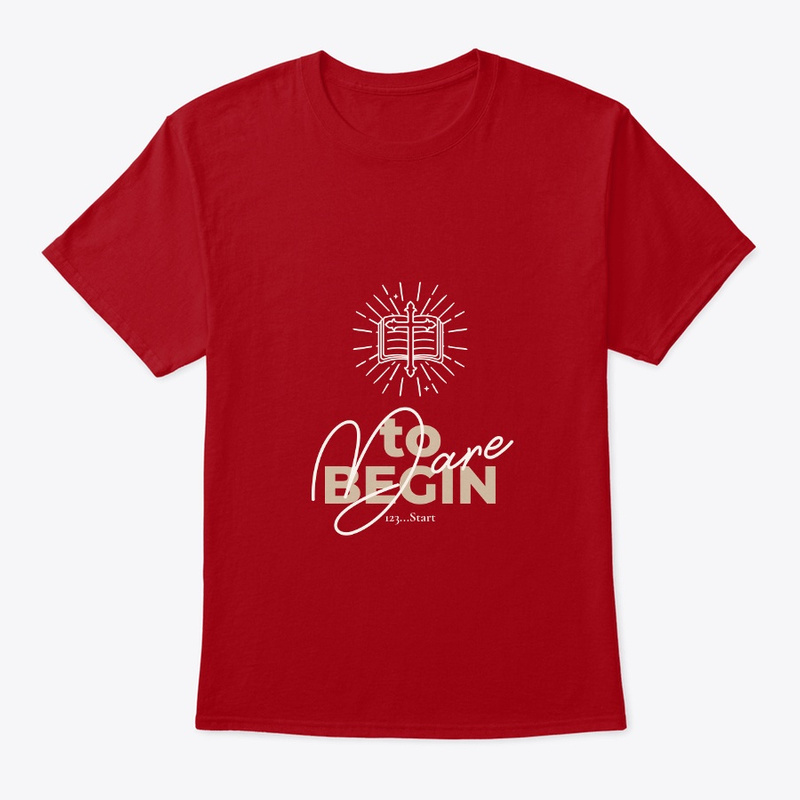Image inpainting with generative models is a method that uses a generative model, like a GAN or Variational Autoencoder (VAE), to generate plausible content to fill in areas of an image that are missing or damaged.
Using the information in the surrounding area to fill in the gaps in an image with missing or damaged content is the goal of image inpainting. Conventional picture inpainting strategies frequently include insertion or extrapolation in view of encompassing pixels, however these techniques can deliver foggy or unreasonable outcomes.
Image inpainting can be done with generative models by training the model on a dataset of complete images and then using the trained model to generate plausible content to fill in areas of an incomplete image that are missing or damaged. By incorporating the features and patterns found in the training dataset, the model acquires the ability to produce content that is both visually consistent and realistic.
A GAN-based image inpainting model, for instance, would be trained to generate missing content that is consistent with the training data and learn the distribution of complete images. The discriminator network is trained to differentiate between the generated content and actual images, while the generator network of the GAN is trained to generate content that seems plausible. The generator learns to produce more realistic results through adversarial training.
Picture inpainting with generative models has applications in a great many regions, for example, updating old or harmed photos, filling in holes in clinical pictures, and eliminating undesirable items from pictures.
Image inpainting using generative models can be done with a variety of tools. Some of the most well-liked are:
v1/v2 of DeepFill: Adobe developed the deep learning-based inpainting technique known as DeepFill. The image’s missing parts are generated by combining CNN and LSTM networks.
Prior Deep Image: This is an inpainting tool based on a neural network that learns and generates plausible content for the missing or damaged parts of the image by using the structure of the network itself.
Contextual Attention and Generative Inpainting (GCAIN): A deep learning-based inpainting technique known as GCAIN makes use of a GAN to generate the missing content and a contextual attention module to guarantee that the generated content is consistent with the context.
Neural Network with Partial Convolution (PCNN): This is a profound learning-based technique that utilizes incomplete convolutional layers to produce the lacking pieces of the picture. In order to guarantee that the generated content adheres to the context of its surroundings, the partial convolutional layers only make use of valid pixels during the convolutional process.
In-depth painting: Another inpainting tool based on deep learning makes use of a GAN to generate the missing content. It also has a multi-scale structure and a module for contextual attention to produce high-quality results.
The tool of choice will be determined by the particular application and requirements. Each tool has distinct advantages and disadvantages.





